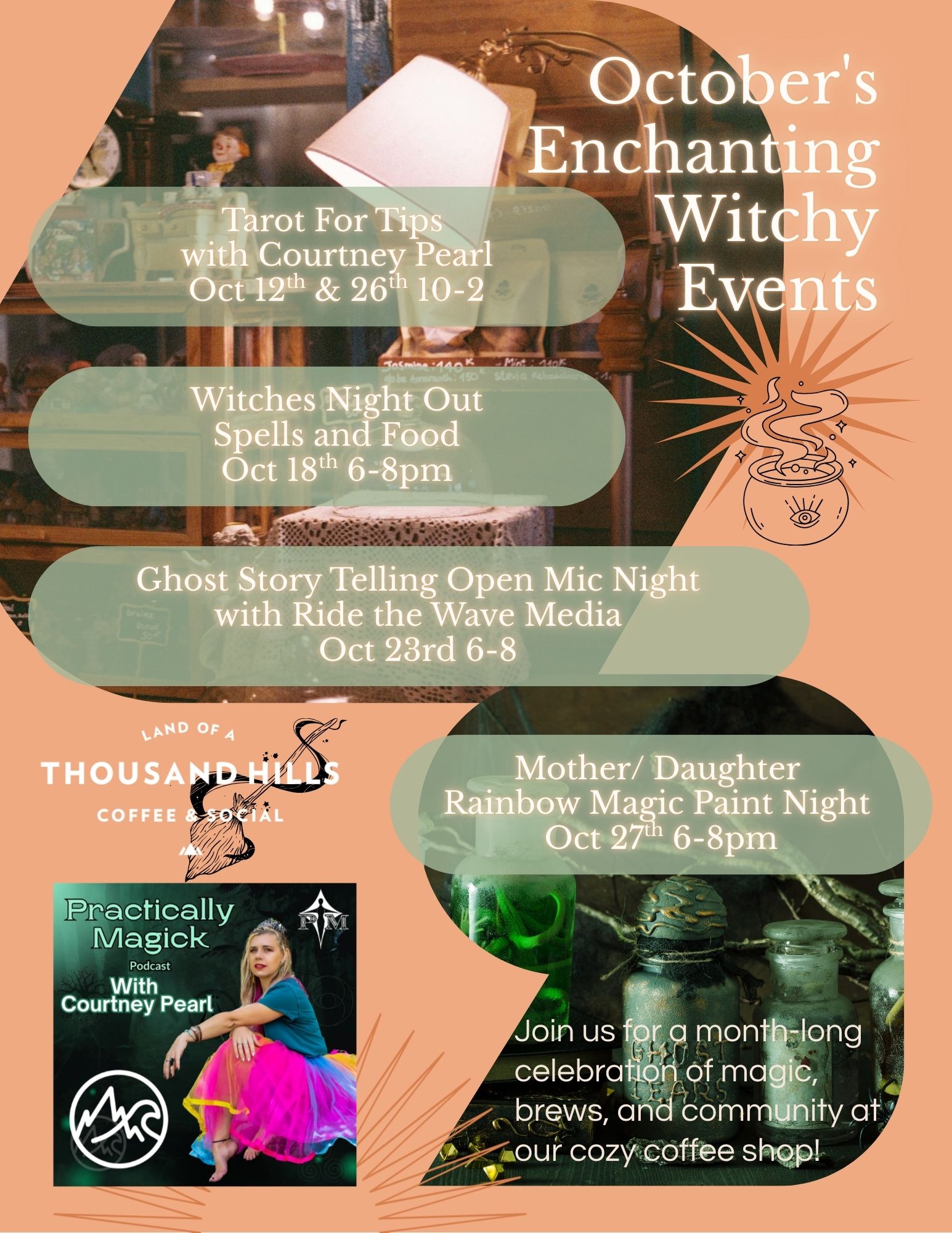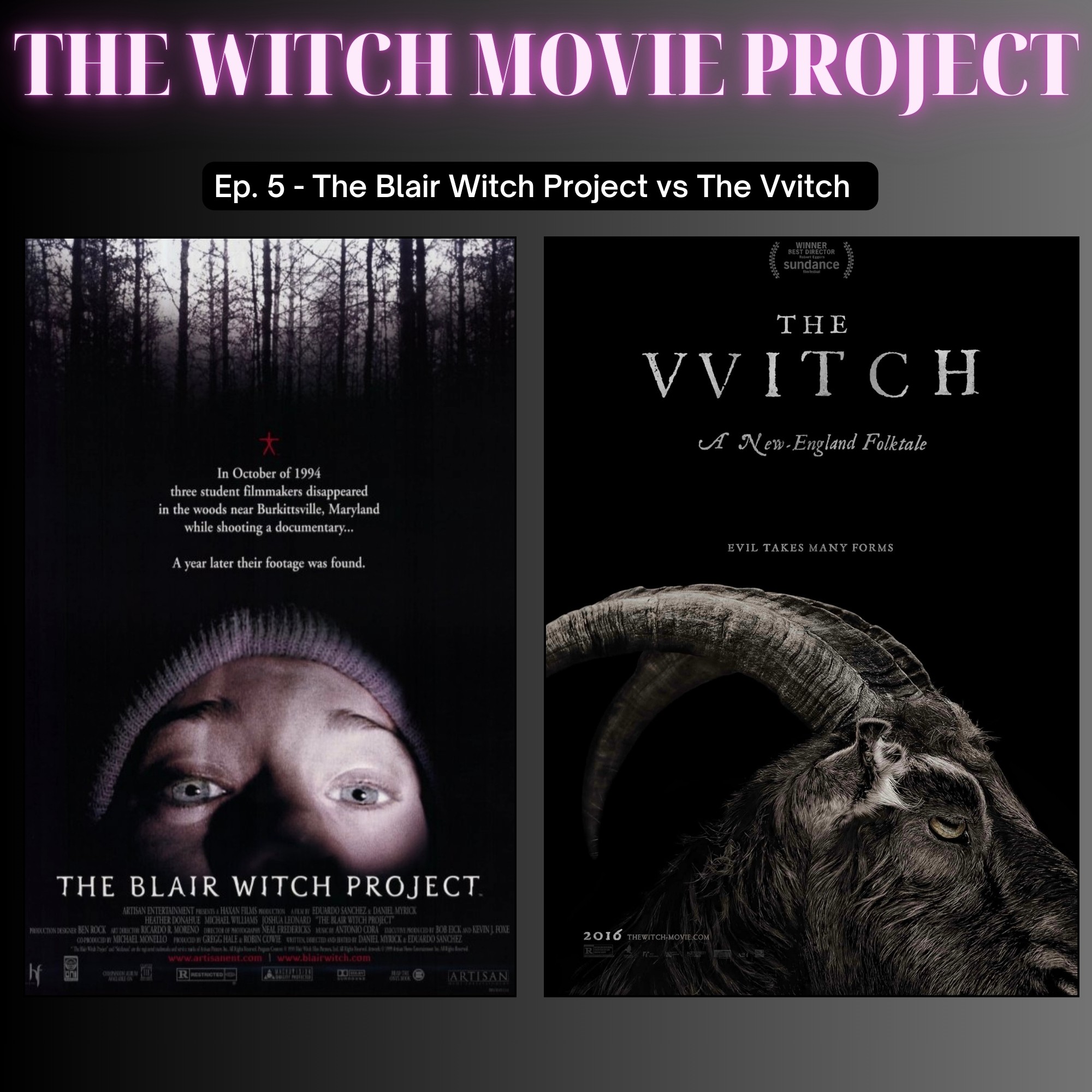Marketing Mayhem: The Blair Witch Project's Groundbreaking Campaign

Welcome to a deep dive into the ingenious marketing strategies behind one of the most influential horror films of all time: The Blair Witch Project. This blog post expands on our latest podcast episode, Unearthing Horror Classics: The Blair Witch Project & The Witch - A Deep Dive, where we discussed the film's revolutionary approach to found footage horror and its significant cultural impact. In this post, we'll explore how the film's viral marketing and online presence blurred the lines between reality and fiction, creating a unique and unforgettable cinematic experience.
The Premise of the Blair Witch Project
Before we delve into the marketing genius, let's briefly recap the film itself. The Blair Witch Project, released in 1999, tells the story of three student filmmakers - Heather Donahue, Michael C. Williams, and Joshua Leonard – who venture into the Black Hills Forest in Maryland to investigate the local legend of the Blair Witch. Equipped with their 16mm camera and a DAT recorder, they set out to document their findings. However, as they delve deeper into the woods, they become increasingly lost and disoriented, experiencing strange occurrences and ultimately disappearing without a trace. The film is presented as the recovered footage from their cameras, giving the audience the chilling impression that what they are seeing is real.
The brilliance of the film's premise lies in its simplicity and realism. The shaky camera work, the amateur acting, and the lack of special effects all contribute to a sense of authenticity that is rarely seen in horror films. This realism was a crucial element in the film's marketing success.
The Groundbreaking Marketing Campaign
The Blair Witch Project's marketing campaign was nothing short of revolutionary. In an era before social media dominated our lives, the film's creators, Daniel Myrick and Eduardo Sánchez, utilized the internet to create a sense of mystery and intrigue around their project. Their strategy was simple but effective: convince the audience that the film was not fiction, but a real documentary about missing filmmakers.
They achieved this by launching a website, www.blairwitch.com, which presented the film as a real event. The website featured fabricated police reports, missing person posters, and "interviews" with local residents who claimed to have knowledge of the Blair Witch legend. The site was meticulously crafted to blur the lines between reality and fiction, making it difficult for viewers to discern what was real and what was not.
This early form of viral marketing was incredibly effective. The website quickly gained traction, attracting thousands of visitors who were captivated by the mystery surrounding the film. People began to speculate about the fate of the missing filmmakers, sharing their theories and engaging in online discussions. This buzz created a level of anticipation that few films had ever achieved before.
Early Viral Marketing & Online Presence
The success of The Blair Witch Project's marketing campaign can be attributed to its innovative use of the internet. In 1999, the internet was still a relatively new phenomenon, and few filmmakers had grasped its potential as a marketing tool. Myrick and Sánchez were among the first to recognize that the internet could be used to create a sense of mystery and intrigue around their film, and they used this knowledge to their advantage.
In addition to the official website, the filmmakers also created a number of fake websites and online forums where they discussed the Blair Witch legend and the missing filmmakers. These websites were designed to look amateurish and unpolished, further reinforcing the idea that the film was a real documentary. They engaged in conversations on pre-existing online forums dedicated to the paranormal, adding to the authenticity and buzz surrounding the project. The filmmakers even went so far as to create fake obituaries for the actors, further blurring the lines between reality and fiction.
This multi-pronged approach to online marketing was incredibly successful. The film's website and online presence generated a huge amount of buzz, which translated into strong ticket sales when the film was finally released. The Blair Witch Project became a cultural phenomenon, grossing over $248 million worldwide on a budget of just $60,000.
Blurring the Lines: Reality vs. Fiction
The key to The Blair Witch Project's marketing success was its ability to blur the lines between reality and fiction. The filmmakers went to great lengths to convince the audience that the film was a real documentary, and they were largely successful in their efforts.
One of the most effective tactics they used was to keep the actors out of the public eye. Heather Donahue, Michael C. Williams, and Joshua Leonard were instructed to avoid interviews and public appearances, further reinforcing the idea that they were missing or even dead. The filmmakers even created fake "missing" posters featuring the actors' photos, which were distributed at film festivals and online. This strategy heightened the sense of realism and created a sense of unease among viewers.
Another important factor was the film's distribution strategy. The Blair Witch Project was initially screened at film festivals, where it was presented as a real documentary. This generated a lot of buzz among film critics and industry insiders, who were impressed by the film's realism and originality. The film was then released in a limited number of theaters, allowing word-of-mouth to build before it was rolled out to a wider audience.
Impact on the Horror Genre
The Blair Witch Project had a profound impact on the horror genre. It popularized the "found footage" technique, which has since been used in countless horror films, including Paranormal Activity, Cloverfield, and REC. The film also demonstrated the power of viral marketing and online promotion, paving the way for future filmmakers to use the internet to reach a wider audience.
In addition to its technical innovations, The Blair Witch Project also challenged traditional horror tropes. The film relies on suspense and psychological horror rather than gore and special effects, creating a more unsettling and realistic experience for the viewer. This approach to horror has influenced many filmmakers in the years since, leading to a new wave of intelligent and thought-provoking horror films.
The film's success also opened doors for independent filmmakers, proving that it was possible to create a commercially successful film with a low budget and a unique vision. The Blair Witch Project inspired a new generation of filmmakers to push the boundaries of the horror genre and experiment with new techniques and storytelling methods.
Personal Experiences and Cultural Impact
The impact of The Blair Witch Project extended far beyond the film industry. The film became a cultural phenomenon, sparking conversations about the nature of reality, the power of suggestion, and the role of the internet in shaping our perceptions. Many viewers reported feeling genuinely disturbed by the film, even after realizing that it was fiction.
The film's success also led to a resurgence of interest in folklore and urban legends. The Blair Witch legend became a popular topic of discussion, and many people began to research the history of witchcraft and the occult. This interest in the supernatural has continued to grow in the years since, influencing popular culture and inspiring countless books, films, and television shows.
For many, The Blair Witch Project was a formative cinematic experience. The film's realism and suspense created a sense of immersion that few films had ever achieved before. Even today, the film remains a powerful and unsettling reminder of the power of fear and the unknown.
Analyzing the Realism and Techniques
The realism of The Blair Witch Project is a product of several factors. The use of handheld cameras, the amateur acting, and the lack of special effects all contribute to the film's authentic feel. However, the film's realism is also a result of its carefully crafted script and direction.
Myrick and Sánchez spent months researching the Blair Witch legend and developing a detailed backstory for the characters. They also worked closely with the actors to develop their characters' personalities and motivations. The actors were given a basic outline of the plot, but they were largely allowed to improvise their lines and actions, creating a sense of spontaneity and authenticity.
The filmmakers also used a number of clever techniques to enhance the film's realism. They intentionally disoriented the actors, forcing them to rely on their instincts and reactions. They also used sound effects and ambient noise to create a sense of unease and suspense. These techniques, combined with the film's raw and unpolished visuals, created a uniquely immersive and unsettling experience for the viewer.
The Blair Witch Project's Lasting Legacy
The Blair Witch Project's lasting legacy is undeniable. The film revolutionized the horror genre, popularized the "found footage" technique, and demonstrated the power of viral marketing. It also inspired a new generation of independent filmmakers to push the boundaries of the genre and experiment with new storytelling methods.
The film's impact can still be felt today. Found footage films continue to be popular, and many filmmakers are using the internet to reach a wider audience. The Blair Witch Project remains a touchstone for horror fans and a reminder of the power of a well-crafted story.
Beyond its technical innovations, The Blair Witch Project also left a lasting impression on popular culture. The film sparked conversations about the nature of reality, the power of suggestion, and the role of the internet in shaping our perceptions. Its influence can be seen in countless books, films, television shows, and video games.
Conclusion: The Blair Witch Project as a Marketing Case Study
The Blair Witch Project stands as a landmark example of successful and innovative marketing. Its groundbreaking use of the internet, its commitment to blurring the lines between reality and fiction, and its ability to generate buzz and anticipation made it a cultural phenomenon. The film's success proves that a well-executed marketing campaign can be just as important as the film itself.
We hope you enjoyed this deep dive into the marketing mayhem surrounding The Blair Witch Project. Don't forget to check out our latest podcast episode, Unearthing Horror Classics: The Blair Witch Project & The Witch - A Deep Dive, for more in-depth analysis and discussion of this iconic horror film, as well as another horror classic, "The Witch." Thank you for reading, and we'll see you in the next blog post!










